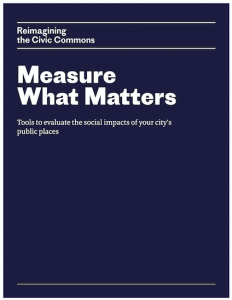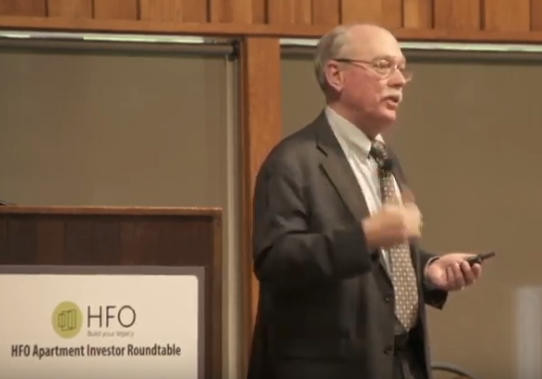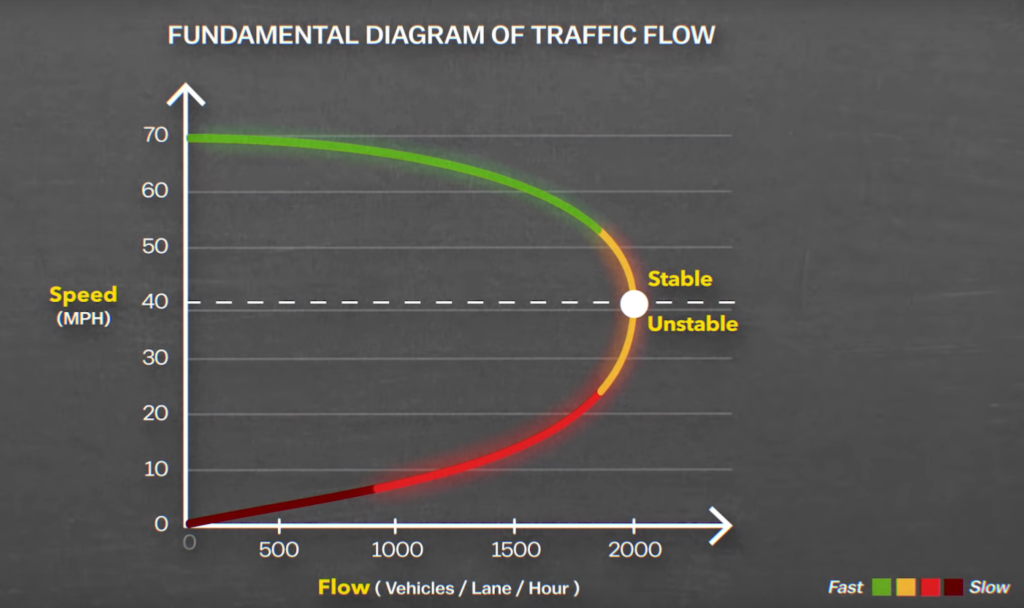What City Observatory did this week
1. Remembering Dr. King. We were reminded of Dr. Martin Luther King’s speech about the pronounced tendency in public policy to prescribe socialism for the rich and rugged, free market capitalism for the poor. Much has changed in the half century since that remark, but sadly, it’s still the case that many federal policies subsidize the rich while providing little for the poor. For example, the federal government provides nearly a quarter of a trillion dollars in subsidies for housing each year through the tax code, but the bulk of it goes to high income households. Similarly, despite the pretense that roads pay for themselves, the federal government has pumped nearly $140 billion out of the general fund to provide welfare for road users. The dream is still yet to be realized.
2. A toolkit for measuring what matters. There’s an old adage that “it doesn’t count if you don’t count it,” and that seems to especially apply in the realm of public policy. As part of its efforts to help communities strengthen the public spaces, like parks, libraries and community centers, the Reinvigorating the Civic Commons project has created a toolkit for measuring these spaces are used. The toolkit features instructions and worksheets for observational mapping to identify broad patterns of activity over time and space and conducting intercept surveys of individual users to better understand demographics and gather qualitative information. The use of these tools have been piloted in five cities around the country, and now the toolkit is available, free, at Reinvigorating the Civic Commons website.
3. The outlook for Portland’s housing market in 2019. Joe Cortright was a keynote presenter to the January 9, 2019 Apartment Investors Roundtable in Portland. We have a synopsis of his remarks. Portland’s affordability problems of the past few years are directly attributable to the drought of new apartment construction in the region as a result of the Great Recession. The continued in-migration of population in the face of a slowly growing supply of housing triggered rent increases. But over the past few years, this supply-demand imbalance has been corrected, causing rent inflation to fall to zero.
Must read
1. “The cars just disappeared.” Why Carmaggedon didn’t come to Seattle. Last week, our quick look at the Seattle traffic map showed that despite shutting down the city’s Alaskan Way viaduct (which usually carried 90,000 cars per day) traffic in the Emerald City was tame. Prognostications of “Viadoom” weren’t born out. Ten days in to the “Seattle Squeeze,” the city’s paper of record, the Seattle Times makes what happened sound like a city-sized David Copperfield illusion:
For the past ten days reported traffic was not anywhere near as bad as predicted. In fact, the Washington Department of Transportation reports traffic volumes are down 1 to 6 percent in the Seattle area. But what happened wasn’t magic, and shouldn’t have been a surprise: time after time, in cities from Atlanta, to Seattle, to Los Angeles, Carmaggedon doesn’t come. Plus, it’s not like Seattle wasn’t told. For one, Sightline Institute’s Clark Williams Derry was not at all surprised to report “For now, Seattle is surviving quite well without the Viaduct.” When viaduct removal was being debated, Williams-Derry wrote 53 articles for Sightline forecasting just this evaporation of traffic. It’s an object lesson that building more freeways in dense urban spaces doesn’t reduce congestion, it creates it.
2. Congestion Pricing Video Explainer. Speaking of traffic, there’s one proven way of reducing traffic delays: congestion pricing. While the idea appeals intuitively to economists (and to almost no one else), there’s enough experience around the world, from London and Stockholm, to Milan and Singapore, to know that charging drivers for using scarce roadways leads them to find alternatives. The concept can be a bit difficult to grasp, but there’s a terrific new video explainer from Will Chilton that describes in detail how and why congestion pricing works. It even digs into the arcane science of traffic flow, showing how keeping traffic volumes below a tipping point with pricing moves more cars, faster. Helpfully, it also points out that while the public is usually skeptical (if not hostile) to the idea of pricing before its implemented, once they see how it reduces congestion and produces reliable travel times, and that congestion prices provide value for money, the schemes generate widespread support. A hat tip to StreetsblogNYC for highlighting this great video.
3. The case for re-legalizing duplexes, triplexes, and fourplexes in Oregon. Sightline Institute’s Michael Andersen has an essay laying out the arguments for legislation proposed in Oregon to make it legal to build missing middle housing in cities throughout the state. Anderson notes one of the under-appreciated aspects of the state’s half-century old land use planning system: requirements that every community zone land for a range of housing types, including apartments. That, coupled with a requirement that local governments approved developments under clear and objective standards, has blocked the kind of exclusionary zoning practices that are prevalent in suburbs around the US. The next logical step in assuring a range of housing types in every community, Anderson notes, is re-legalizing duplex, triplex and fourplexes wherever residential development is allowed.
New Knowledge
Do energy efficiency upgrades reduce energy use? It seems like we’re always looking for technical fixes to ecological problems that avoid or circumvent the need to change our behavior. One good example is better weatherization and insulation of our homes: if houses were just more efficient we could reduce energy use without having to think about it. A recent study from Mexico casts doubt on that idea. The study used a quasi-experimental approach, fitting some houses in a new residential development with higher levels of insulation and other energy saving features, but not disclosing to buyers which homes had this treatment and which did not. The researchers carefully monitored the houses living environment and energy use. Even though engineering models suggested that the treated homes would use about one-fourth less electricity, the researchers found essentially no difference in the energy uses of the treatment and control groups. They conclude that occupant behavior can easily overwhelm the theoretical benefits of more efficient construction.
Lucas Davis, Sebastian Martinez and Bibiana Taboada, How Effective is Energy-Efficient Housing? Evidence from a Field Experiment in Mexico, Inter-American Development Bank, Working Paper 843, February 2018
In the News
Willamette Week featured Joe Cortright’s analysis of Portland’s trial e-scooter program in an article entitled, “Portland Economist Says City’s E-Scooter Experiment Was a Success—and Wants to Apply the Same Standards to Cars.”






